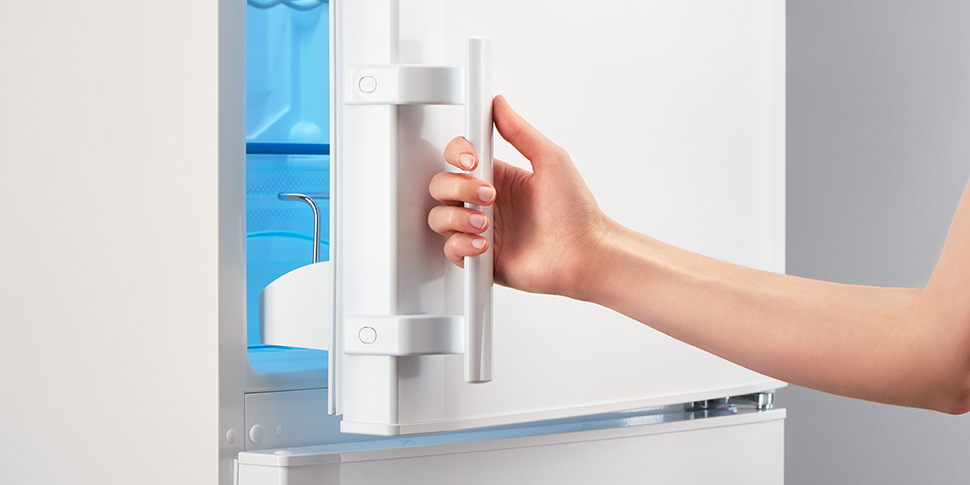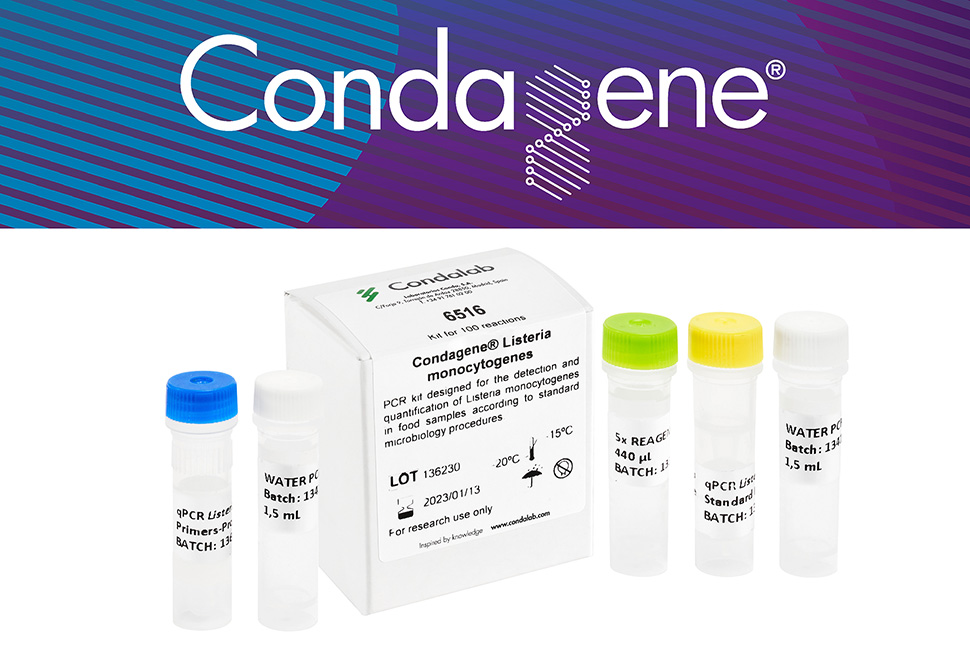Published: 24/02/23 12:52 Categories:
Listeria monocytogenes is one of the best-known pathogenic microorganisms in food microbiology. This bacteria is the causative agent of listeriosis, an infection that generally causes gastrointestinal symptoms but can be lethal in certain cases.
Why is this pathogen so dangerous?
Listeria monocytogenes, unlike other common pathogens in the food industry, is able to grow over an exceptionally wide temperature range. It is capable of growing at temperatures as low as 2°C, which poses a risk from the point of view of food preservation and storage as it can continue to proliferate at temperatures at which most domestic refrigerators are kept. In addition, this bacterium has mechanisms that protects it from acidic pH environments and also from high osmotic pressures, such as salted fish.

Who is most at risk from Listeria monocytogenes?
In addition to its enormous versatility in terms of growth conditions, Listeria monocytogenes is an intracellular pathogen, which allows it to escape the immune system.
On the other hand, this pathogen is able to spread through the body and even cross the hematoencephalic barrier. When this occurs, we speak of "invasive disease", which can cause fever, flu-like symptoms, convulsions and miscarriages.
People whose immune systems are weakened or compromised are most susceptible to severe infections with this pathogen.
Immunosuppressed patients (with oncological treatment, HIV positive, etc.), pregnant women and elderly people show the worst prognosis.
How is Listeria monocytogenes controlled in food?
The microbiological control of Listeria in food is carried out according to ISO 11290, which indicates a primary enrichment in Half-Fraser Broth, then selective isolation in ALOA agar and in Oxford or Palcam Agar. This is followed by isolation in a non-selective medium and confirmation by microscopy and biochemical tests.
However, at Condalab, we have developed Condagene® Listeria monocytogenes kit for the rapid detection of this pathogen in food samples.

The detection of L. mono by qPCR considerably simplifies and streamlines the obtaining of results compared to the traditional method, requiring minimal handling of samples and reagents, and allowing rapid screening for batch release in the industry. In addition, thanks to its high-specificity probes and the high sensitivity of the method, the pathogen can be detected in the safest and most reliable way.
If you would like to learn more about rapid detection of L. mono, feel free to register for our next CondalabTalks: Listeria in food samples? Condagene® solutions for fast and safe analysis.

 Food fraud: How do we detect it?
Food fraud: How do we detect it?
 Visit Us at MEDICA 2025 – Discover Our Precise Detection Solutions
Visit Us at MEDICA 2025 – Discover Our Precise Detection Solutions
 PCR: The Technique Revolutionizing Rapid Detection in the Food Industry
PCR: The Technique Revolutionizing Rapid Detection in the Food Industry
 How Culture Media Ensure the Safety, Efficacy, and Quality of Medicines
How Culture Media Ensure the Safety, Efficacy, and Quality of Medicines
 Meeting us at MEDLAB MIDDLE EAST 2025
Meeting us at MEDLAB MIDDLE EAST 2025